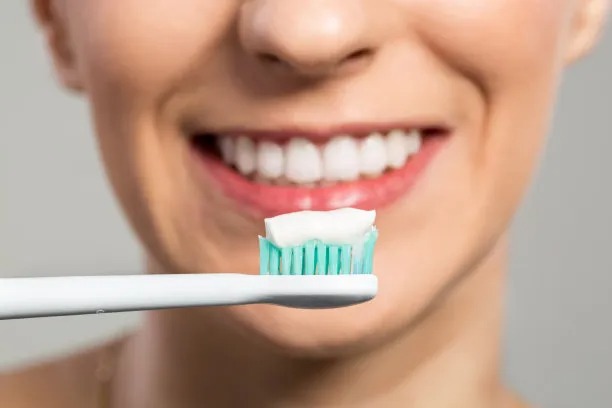The Comprehensive Guide to Understanding Dental Implants and Their Impact on Oral Health and Aesthetic Solutions
Summary: Dental implants have revolutionized the field of restorative dentistry, offering numerous benefits for both oral health and aesthetics. This comprehensive guide explores the intricacies of dental implants, including their definition, the various types available, the procedure and recovery process, and their impact on overall dental health and beauty. The advantages of dental implants extend beyond merely filling gaps in the smile, as they play a critical role in maintaining jawbone density and achieving a natural appearance. By understanding these aspects, patients can make informed decisions regarding their dental care and aesthetic treatment options.
1. Understanding Dental Implants and Their Types

Dental implants are artificial root devices surgically placed into the jawbone to support replacement teeth or bridges. They are typically made from titanium, known for its strength and biocompatibility. Implants are a popular solution for individuals with missing teeth, as they offer a permanent solution that looks and feels like natural teeth.
There are various types of dental implants, the most common being endosteal and subperiosteal implants. Endosteal implants are inserted directly into the jawbone and are suitable for most patients. In contrast, subperiosteal implants lie on top of the jawbone beneath the gum tissue, making them ideal for patients who lack sufficient bone height.
With advancements in technology, specialized implants such as zygomatic implants and mini implants have emerged, offering additional solutions for patients with unique dental challenges. Understanding the different types of implants allows patients to select the option that best meets their needs.
2. The Dental Implant Procedure Explained
The dental implant procedure is typically carried out in multiple stages, beginning with a thorough examination and treatment planning by a dental professional. This initial phase may involve imaging studies to assess bone density and overall oral health, ensuring the best outcome.
The surgical placement of the implant involves creating an incision in the gum tissue, drilling into the jawbone, and inserting the titanium root. After placement, a healing period, often lasting several months, allows the implant to fuse with the bone through a process called osseointegration. This vital step ensures the stability and longevity of the implant.
Once healing is complete, an abutment is attached to the implant, which serves as a connector for the final crown, bridge, or denture. The bespoke restoration is then custom-made to match the surrounding teeth, ensuring a harmonious smile that blends seamlessly with the patient’s natural dentition.
3. Impact of Dental Implants on Oral Health
Dental implants significantly enhance oral health by preserving jawbone density. When a tooth is lost, the underlying bone can begin to resorb, resulting in changes to facial structure and a sunken appearance. Implants stimulate the bone just like natural teeth, preventing deterioration and maintaining facial aesthetics.
Furthermore, dental implants improve oral function, allowing individuals to eat, speak, and smile confidently without discomfort or fear of slippage associated with dentures. This functionality encourages better nutrition, as patients can enjoy a wider variety of foods without limitations.
Maintaining dental implants is relatively easy compared to other dental restorations. With proper oral hygiene practices and regular dental check-ups, implants can last a lifetime, contributing to overall long-term oral health.
4. The Aesthetic Benefits of Dental Implants
The aesthetic advantages of dental implants are evident in the ability to restore a natural-looking smile. Unlike traditional dentures or bridges, implants do not require altering adjacent teeth, preserving their integrity while ensuring a seamless integration with the existing dental structure.
The custom-made crowns placed on implants are crafted to match the shape, color, and size of surrounding teeth, offering a natural appearance that reflects the individuals smile. This personalization boosts self-esteem and enhances social interactions, as individuals feel more confident in their appearance.
Additionally, by preventing further bone loss and maintaining facial structure, dental implants contribute to a youthful appearance. The comprehensive aesthetic improvements provided by dental implants make them a preferred choice for many patients seeking restorative dental solutions.
Summary:
In conclusion, dental implants are more than just a solution for missing teeth; they embody a holistic approach to oral health and aesthetics. By understanding the types, procedures, and benefits that dental implants offer, patients can appreciate their transformative potential. This guide serves to empower individuals in making informed dental decisions that align with their health and beauty goals.
This article is compiled by Vickong Dental and the content is for reference only.


